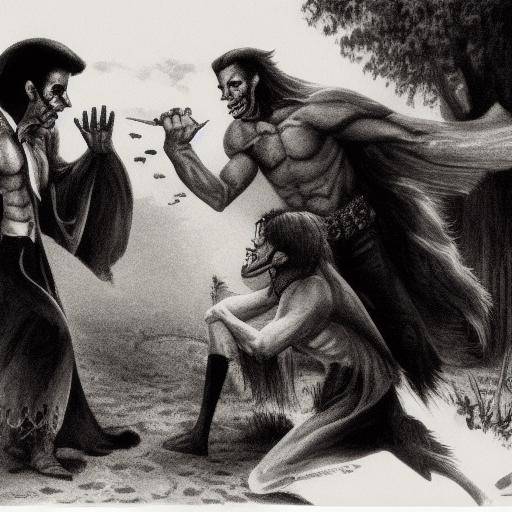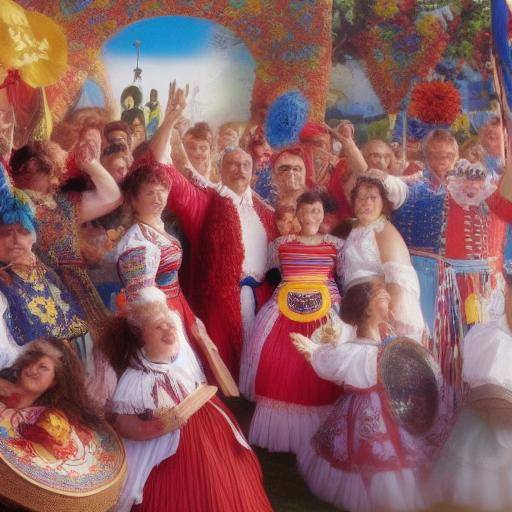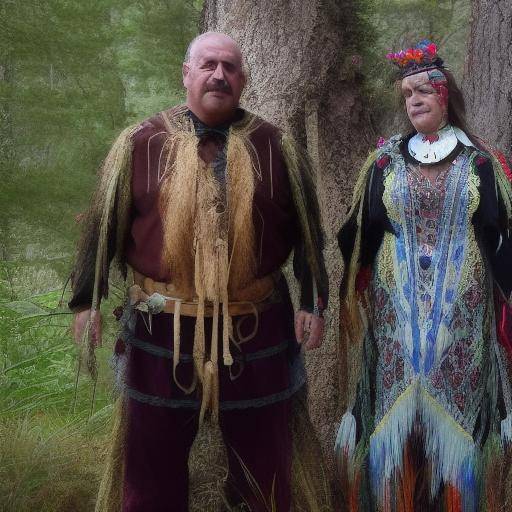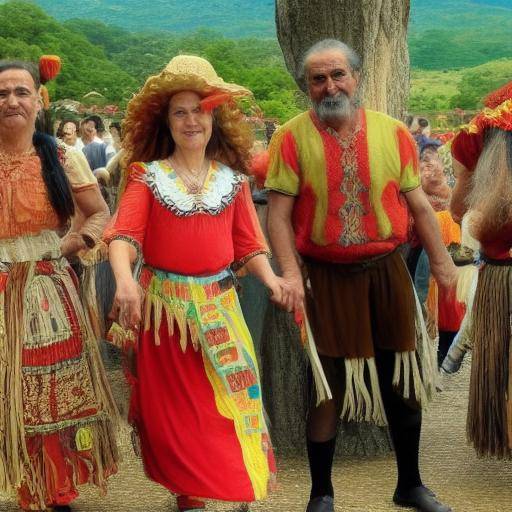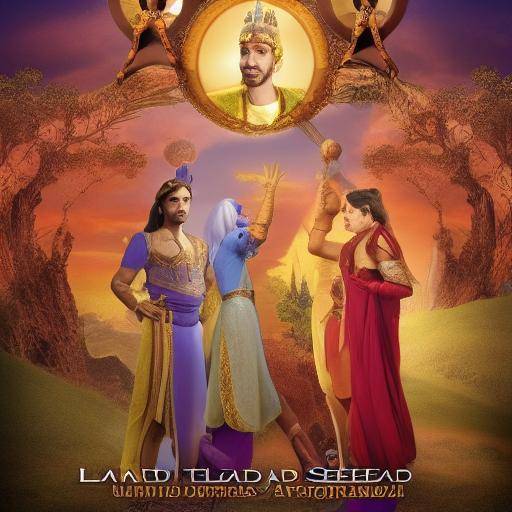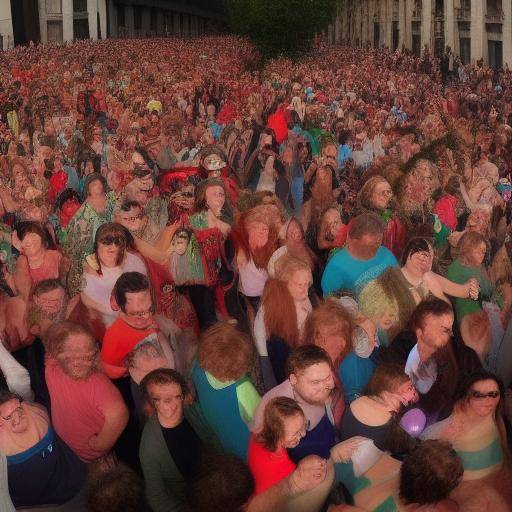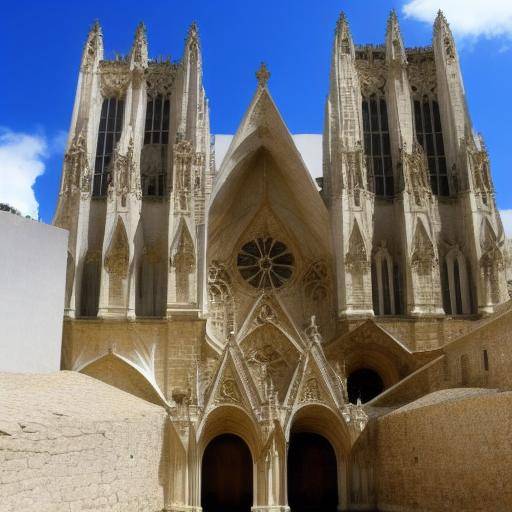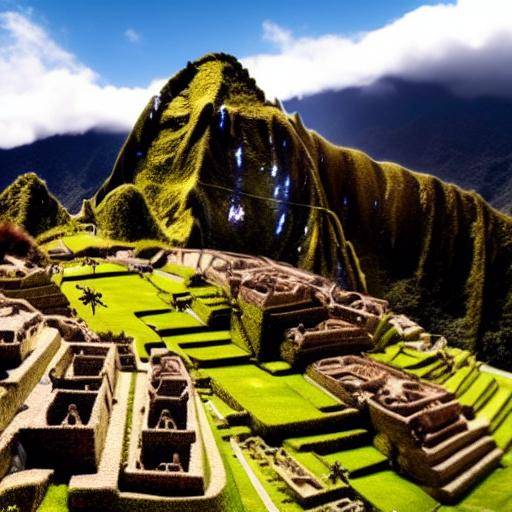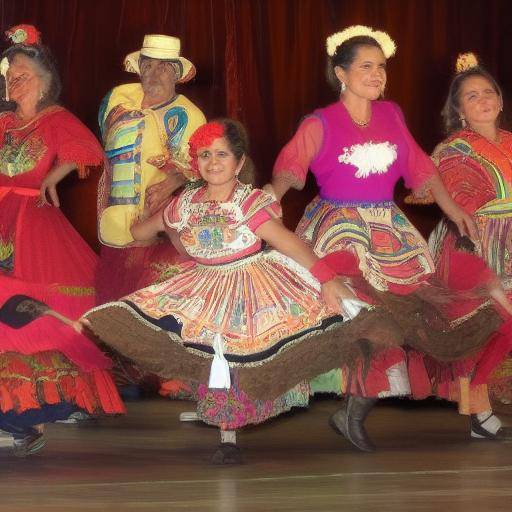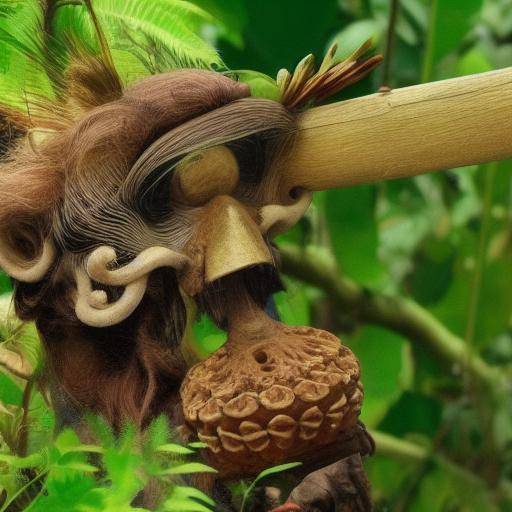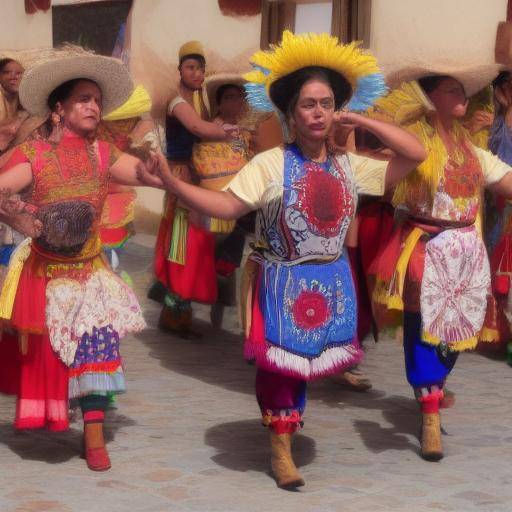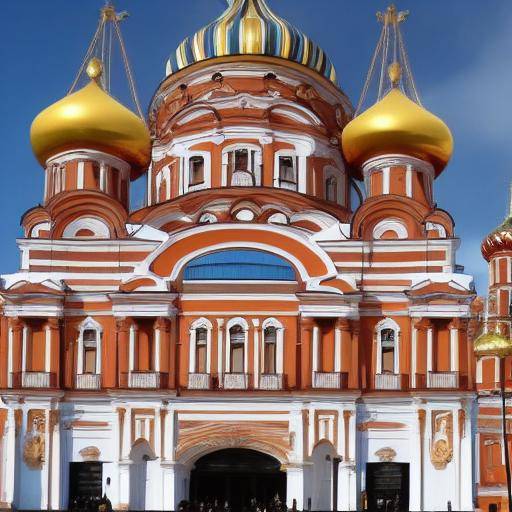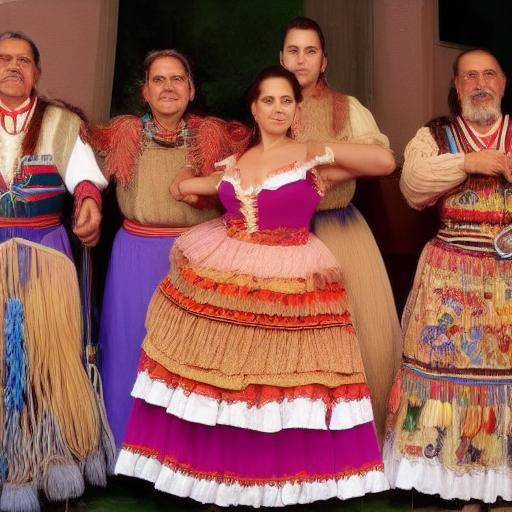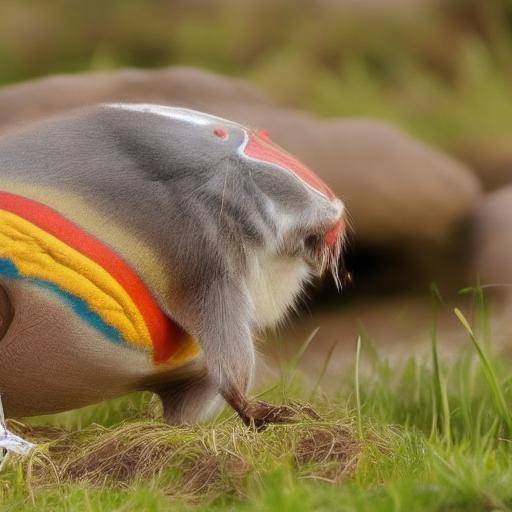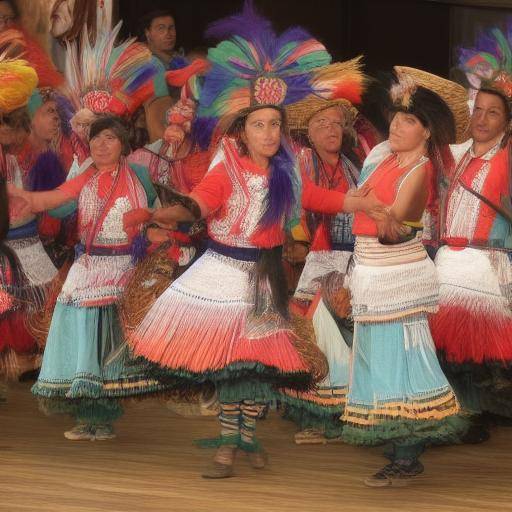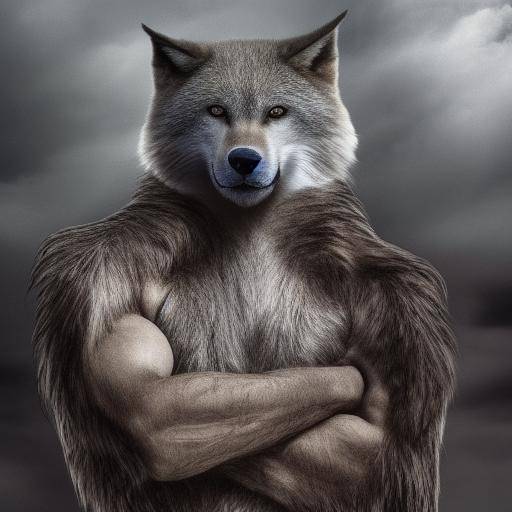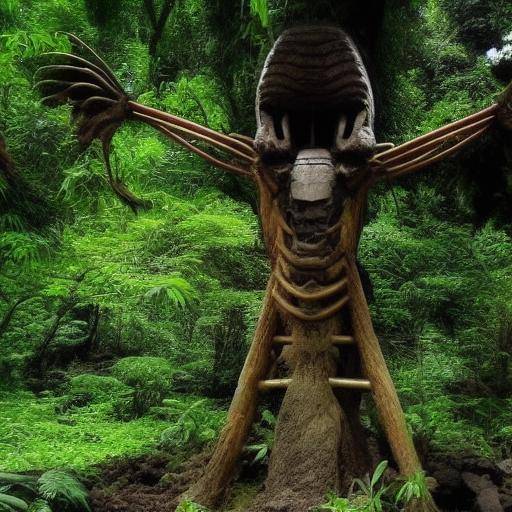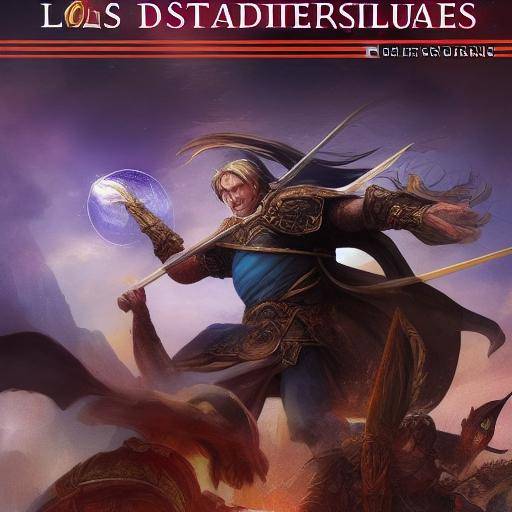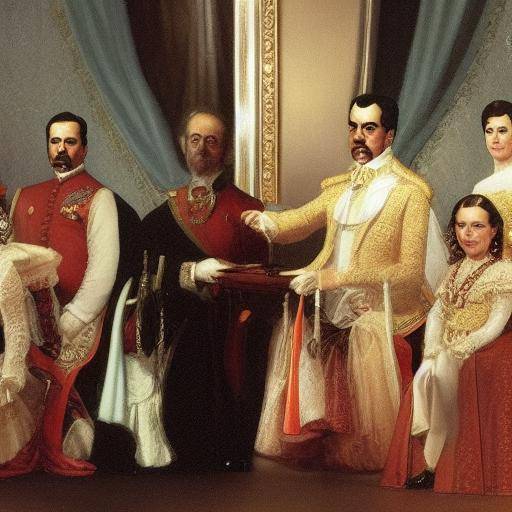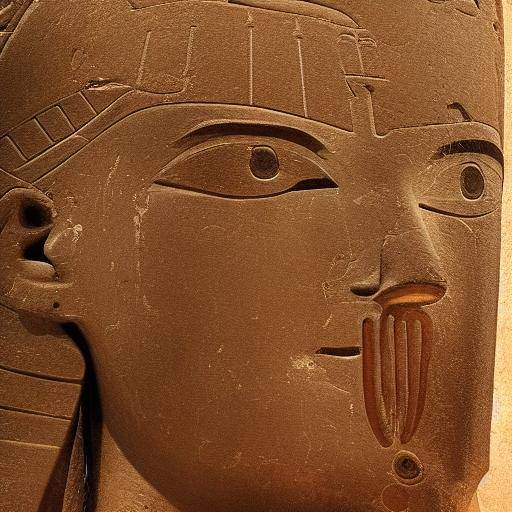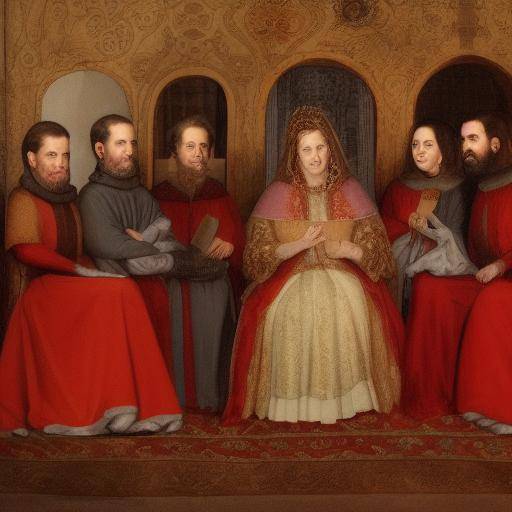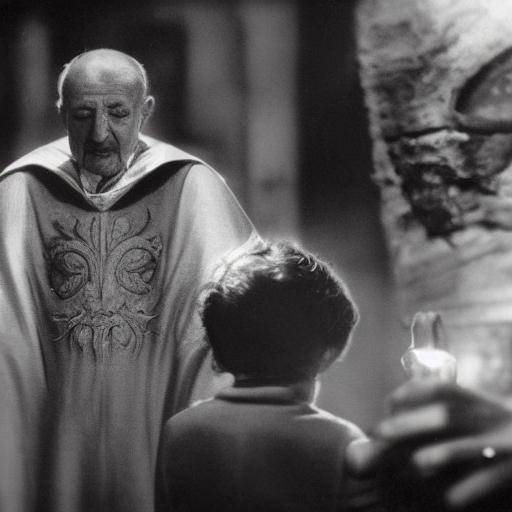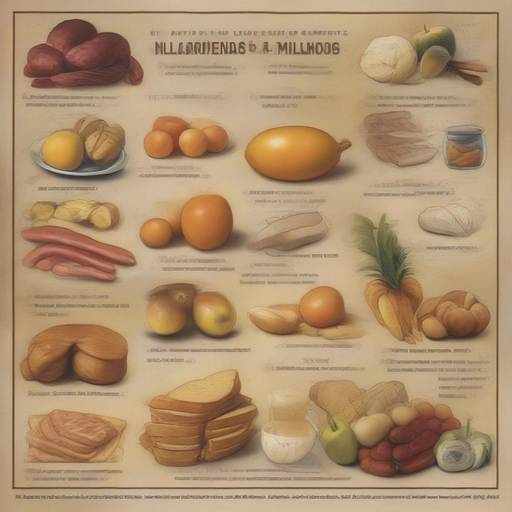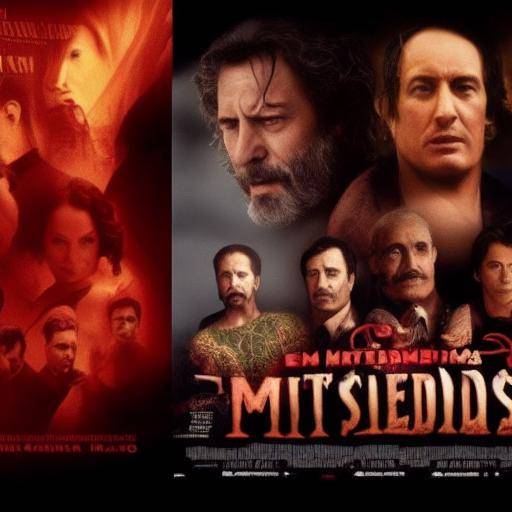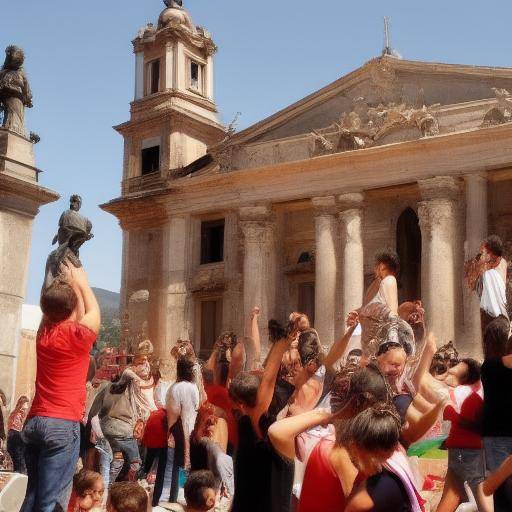
Introduction
Mesopotamian culture, considered one of the oldest in history, is full of mythologies, beings and entities that have fascinated generations over time. Among these, spirits and demons occupy a central place in the worldview and beliefs of this civilization. In this article, we will explore in depth the Mesopotamian spirits, the myths that surround them and the way demons intertwine with the life and thought of this ancient culture. Join us on this fascinating journey to the depths of Mesopotamian mythology.
Mesopotamian Spirits: The Essence of the Invisible
In ancient Mesopotamia, the spirits were seen as fundamental entities that inhabited the world of the invisible. It was believed that every aspect of nature, every object and every living being were imbued with a spirit or vital force. Thus, Mesopotamians conceive a lively and permeable universe, inhabited by invisible beings that influenced everyday life and the destiny of men.
Mesopotamian spirits adopted different forms and functions. Some were benign, such as the "lamassu", protective winged creatures often represented in reliefs and statues. Others, on the other hand, incarnated malevolence, like the seven "apkallu", demonic beings that brought disease and misfortune. These spirits exerted a powerful influence on the earthly world, and Mesopotamians were exposing ritual complexes and spells to gain their favor or to protect themselves from their wrath.
Mesopotamian Myths: Creation and Destiny Stories
Mesopotamian mythology is filled with epic stories that explore the origin of the world, the role of the gods and the relationship between the divine beings and the mortals. Among these, the "Enuma Elish" is possibly the best known myth. In this ancient Babylonian poem, the emergence of the cosmos is narrated from a primordial battle between the forces of order represented by Marduk and the chaos symbolized by the monstrous Tiamat serpent.
This myth, like many others of Mesopotamian mythology, offers deep reflection on the mysteries of existence and exemplifies the cosmogony of this culture. Mesopotamian myths not only explained the origin of the world, but also the destiny of human beings and their relationship with the gods and the spirits. Through them, values, moral teachings and a cyclical vision of the time would influence the conception of the Western world were transmitted.
Mesopotamian Demons: Shadow and Tent
In Mesopotamian mythology, demons occupied an ambivalent place, being at the same time feared and revered. Demons were thought to be evil beings that stalked men, causing illness, natural disasters and misery. However, it was also believed that, like the benign spirits, demons could be peaceful or even controlled through the invocation of certain rituals and magic formulas.
Mesopotamian demons were represented in a wide variety of forms and, like spirits, were closely linked to everyday life. His faces often appeared engraved in amulets and tablets, used as protection against their negative influence. This duality in the perception of demons reflects the complexity of human nature and the continuing struggle between good and evil that has permeated the history of humanity.
In Deep: The Mesopotamian Cosmovision in Perspective
Mesopotamian mythology, with its spirits, myths and demons, is a fundamental tool for understanding the vision of the world of this ancient civilization. In their conception of the universe, Mesopotamians not only reflected their understanding of nature and divinity, but also their own yearnings, fears and longings. This complex of beliefs has left a lasting legacy that has influenced the religious and cultural traditions that have emerged over the centuries.
The study of Mesopotamian spirits, myths and demons represents a fascinating window into the rich and complex worldview of this ancient civilization. Through this exploration, we can glimpse both the fascinating creativity of his imaginary and the profound wisdom contained in his myths and rituals. The understanding of these elements not only enriches our knowledge of the past, but also sheds light on the deep roots of numerous traditions and symbolisms that persist today.
The legacy of Mesopotamian spirits, myths and demons invites us to immerse ourselves in a world of mystery, magic and reflection. Through his study, we can look at the unsounding abyss of human thought, exploring the ways in which these ancient beliefs have shaped the understanding of life and transcendence over the centuries.
Conclusion and Frequently Asked Questions
Conclusion
In conclusion, Mesopotamian culture gave us a rich acquis of myths, spirits and demons that still exerts a powerful influence on our understanding of the world and ourselves. Through the exploration of these elements, we can enter into an ancient and complex worldview that continues to resonate in modern humanity. Mesopotamian spirits represented the essence of the invisible, myths incarnated epic stories that illuminated the human condition, and demons personified shadow and temptation. Together, these manifestations offer us a fascinating portal to the mind and spirit of the ancient Mesopotamian people, revealing a vision of the world full of symbolism and deep reflections.
Frequently asked questions
What was the purpose of invoking Mesopotamian spirits?
In Mesopotamian culture, the invocation of spirits aimed to obtain protection, wisdom or influence the destiny of people. The rituals and offerings were made to gain the favor of these invisible beings and in some cases also to appease their anger.
What is the most famous myth of Mesopotamian mythology?
The most famous myth is the "Enuma Elish", which narrates the creation of the world from a battle between primordial forces of order and chaos. In this account, Marduk, the patron god of Babylon, emerges as the supreme victor, establishing a cosmic order.
How did demons influence the daily lives of Mesopotamians?
Demons were seen as entities capable of causing damage and disdain to human beings, so precautions such as the use of amulets and rituals were taken to protect themselves from their negative influence.
What legacy left Mesopotamian culture in the current conception of spirits and demons?
Mesopotamian culture left a significant legacy in terms of the conception and representation of spirits and demons. Many of the symbols and beliefs associated with these entities remain present in various religious and cultural traditions today.
What was the role of myths in Mesopotamian society?
The myths played a fundamental role in the transmission of knowledge, moral values and explanations about the human condition. They also served to strengthen social cohesion and legitimize power structures.
How were the Mesopotamian spirits and demons represented in the art of the time?
Mesopotamian spirits and demons were represented in art through various forms, from sculptures and reliefs to paintings and engraved in amulets. These representations often reflected their powerful influence on everyday life and the importance of protecting themselves from their influence.
Through this immersion in Mesopotamian culture, we have explored the fascinating intersection between Mesopotamian spirits, myths and demons, discovering the complexity of their beliefs and their profound impact on the understanding of the ancient world. The legacy of this ancient civilization continues to resonate today, offering us valuable insights on human nature, creative imagination and spiritual aspirations. In this exploration, we immerse ourselves in a world where the invisible takes shape, myths incarnate eternal truths and demons awaken ancestral fears, revealing a vision of the world rich in symbolism and wisdom.
With this journey, we hope to have delivered an enriching and captivating view of spirits and demons in Mesopotamian culture, offering a vivid panorama of the richness of their imaginary and the depth of their beliefs. As we continue to explore the vast tapestry of history, let us always remember the importance of honoring and understanding the beliefs and mythologies of ancient cultures, finding inspiration in their timeless wisdom.
We hope this article has been a source of enrichment and discovery. Join us in future explorations of the wonders of history and mythology, where new mysteries await for unraveling and sharing wisdom.
Until the next adventure!
Note: This article is based on recognized historical, archaeological and mythological research, in order to provide an informed and enriching vision of Mesopotamian culture and beliefs.

